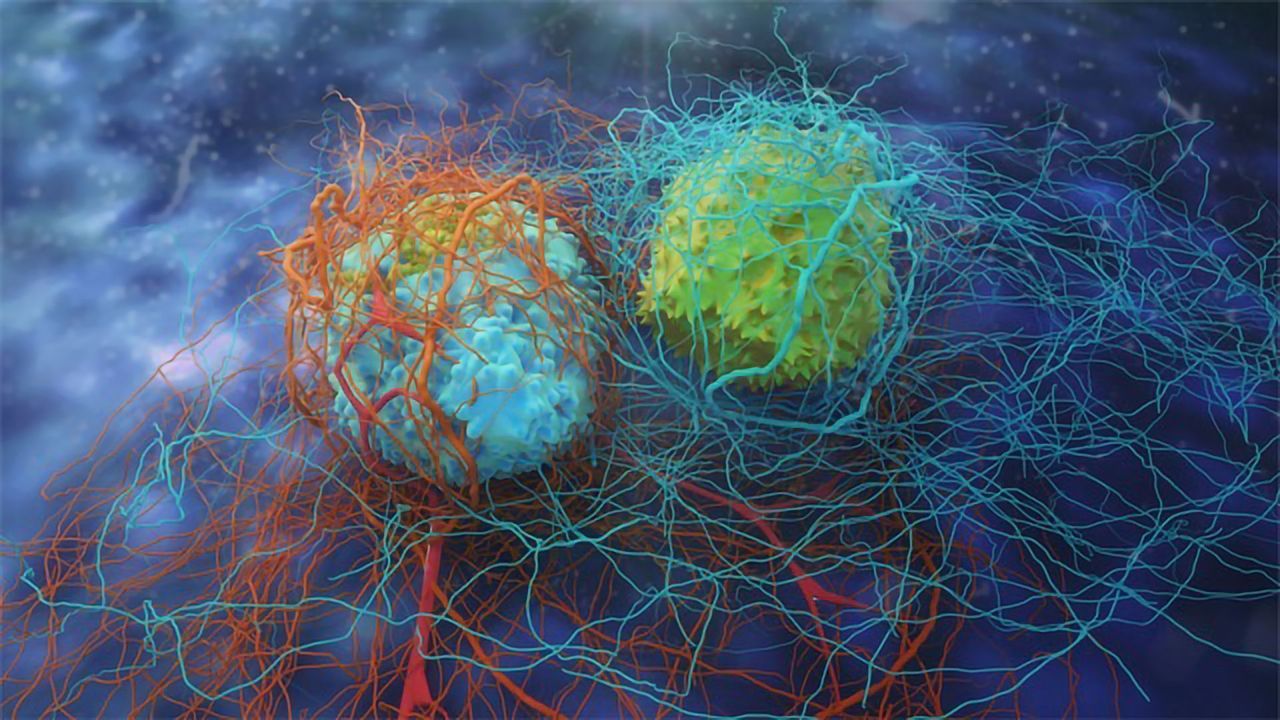The toxicity of ADC drugs mainly comes from two aspects, namely the toxicity produced by antibody molecules and the toxicity produced by toxin molecules. The toxicity produced by antibody molecules varies greatly with factors such as targets and indications, while the toxicity produced by toxin molecules varies greatly. Its toxicity is mainly reflected in the damage to rapidly proliferating healthy cells, such as lymphocyte reduction, hair loss, gastrointestinal reactions, etc.
The toxin molecules used in early ADCs were traditional chemotherapy drugs, such as doxorubicin, mitomycin, etc., because the original intention of the concept of ADC was “targeted chemotherapy”. However, due to the large molecular weight of the antibody, within the appropriate ADC dose window, the chemotherapeutic drugs cannot reach effective concentrations. Therefore, people tried to develop more toxic small molecules as ADC payloads in the later period. However, in this way, new toxicity problems also follow, because toxin molecules will inevitably be released non-specifically. There are many reasons for this, including premature fragmentation of linkers, non-specific endocytosis of ADC molecules by cells (through pinocytosis, etc. method) and so on.
Therefore, the toxicity of toxins is one of the core issues in ADC drug development. Appropriately attenuating the toxicity of toxins while increasing the DAR value is one of the trends in optimization. The toxin molecule used in Sacituzumab govitecan of Immunomedics is SN-38, which is the active metabolite of irinotecan, and the DAR is 7~8. In fact, there is this improvement trend, but the effect is still not ideal. Researchers in this area still have work to do, and a technology like Dolasynthen might be able to make it happen.









